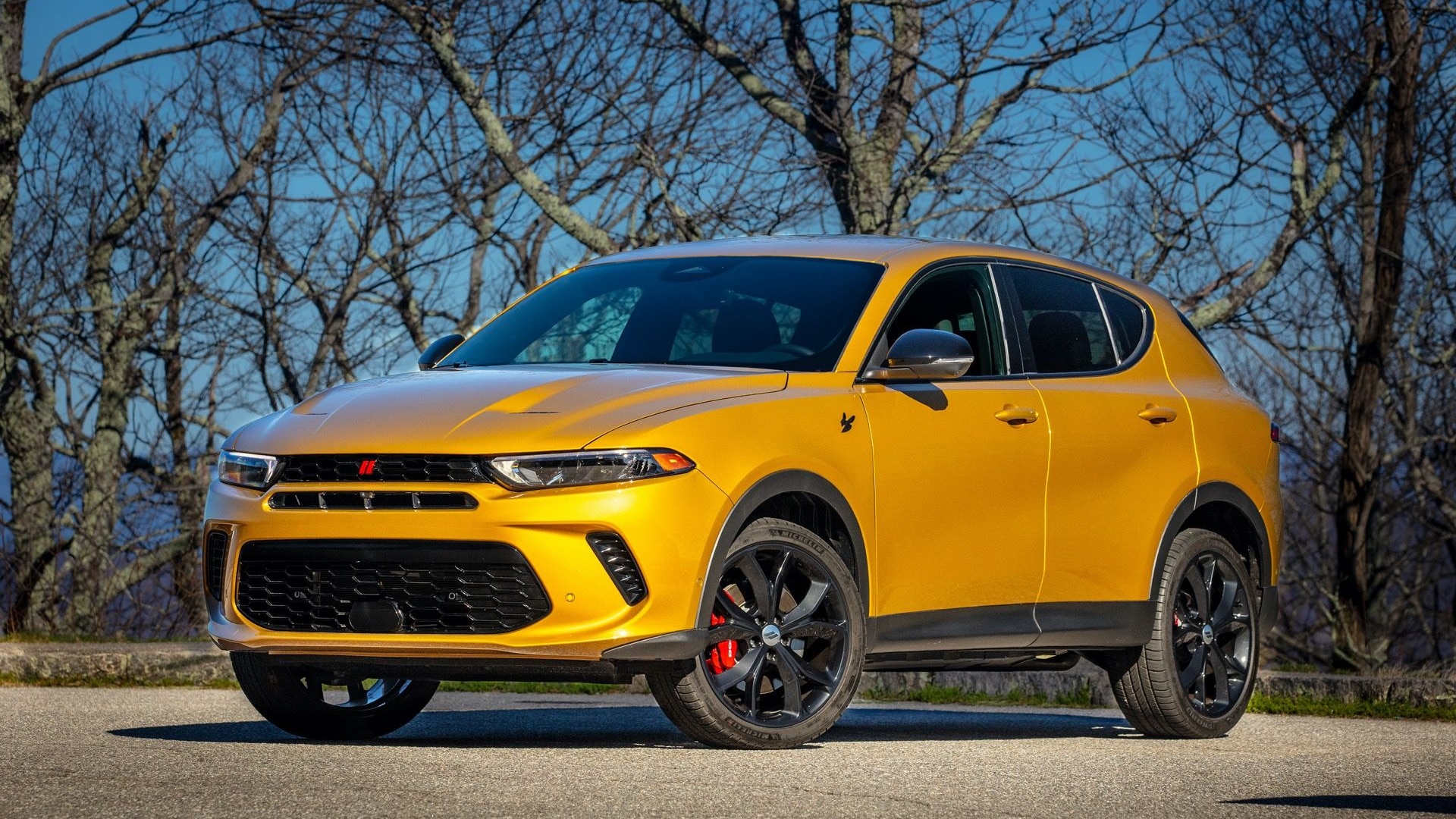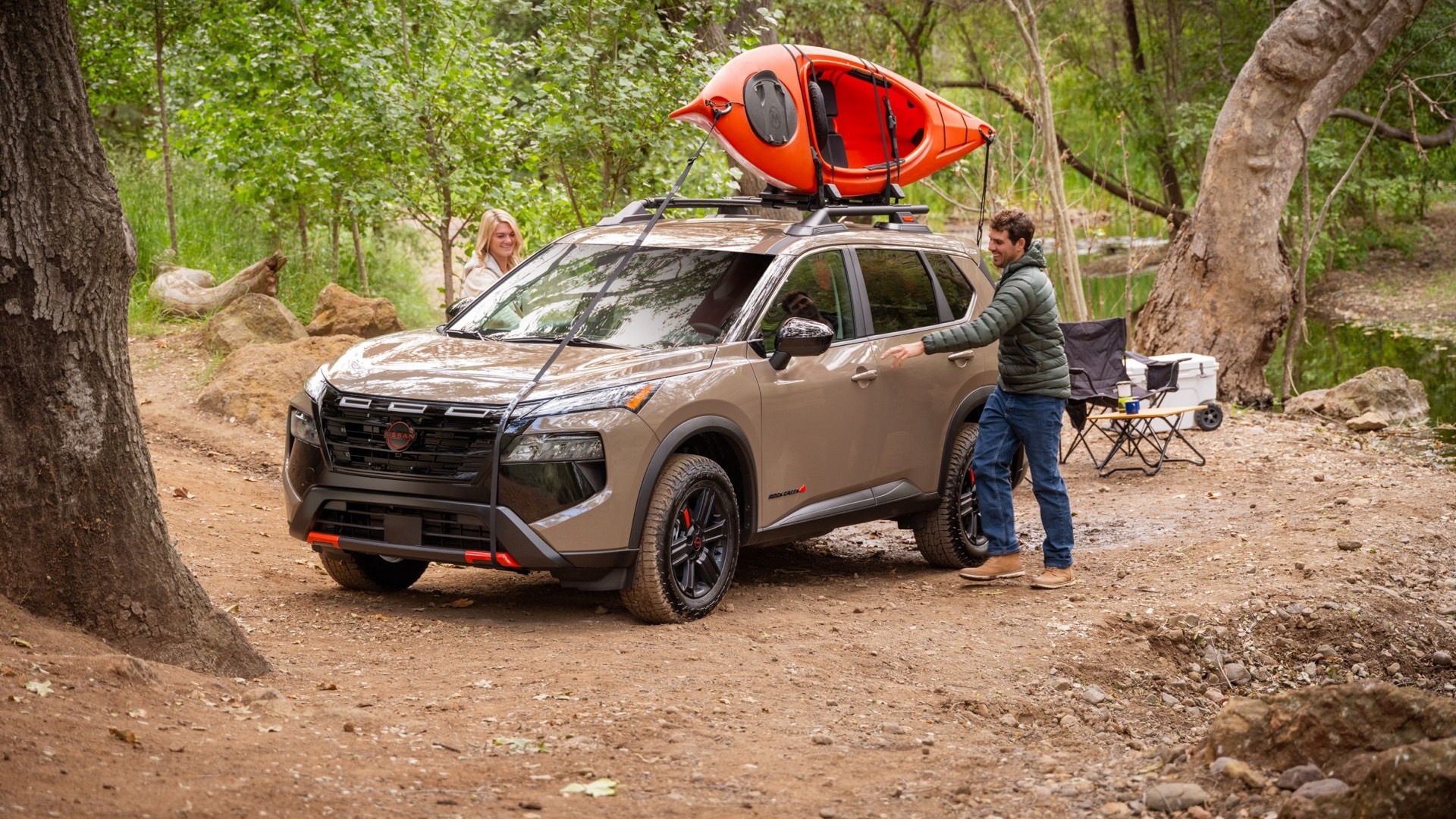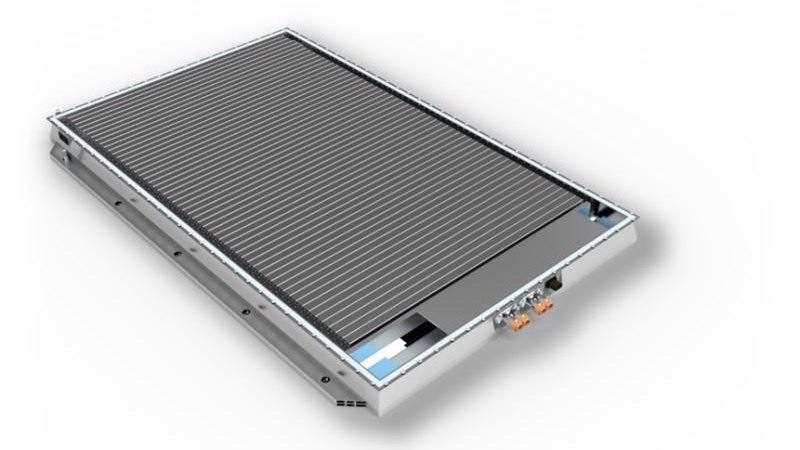Willet Kempton of Philadelphia currently has the only vehicle in portions of 13 states that has the ability to take electricity in to charge its batteries, and when needed, give electricity back to the electric company to supply power for homes and other uses.
Kempton completed his conversion of a Scion Xb called the eBox. He removed the mechanicals of the vehicle and retrofitted a package conisting of batteries and other electrical components. The eBox Xb is capable of travelling up to 95 mph and can cruise up to 120 miles on a single charge. Though these stats are compelling, the real story lies within the cars ability to both receive and give electricity.
Kempton is a renewable energy professor at the University of Delaware. His experience in the field of energy led him to his creation. Kempton's Xb is the only vehicle in a regional electric grid that spans from Pennsylvania, New Jersey and portions of 11 other surrounding states that has the ability to return energy back to the system.
The vehicle's electrical system is referred to a two way system. A two way system implies that energy can go into the car and energy can be sent out of the car via a single electrical connection. The purpose of the system is to provide power to surrounding communities when the vehicle is not in use. Most vehicles are driven for an hour a day and sit dormant for the remaining 23 hours. During this dormant period, energy could be sent out of the vehicle as the electrical needs of nearby communities dictate.
Though one two way vehicle will not have an impact on energy use, thousands or millions would have a profound impact. Electrical demands vary throughout a day, with several peaks in power usage and lows occuring. A two way vehicle would be able to provide energy during peaks to prevent brownout situations. The vehicles would charge during the overnight hours of low energy usage and provide energy back during peak hours of energy usage. This would provide a more balanced, stable electrical grid.
Interest in this two way system is high. During a recent electric car summit discussing this issue, there were several automakers on hand, dozens of electric utility companies, three grid operators, many think tanks, and government agencies.
Kempton Xb is considered a research project into the feasibility of a two way vehicle. Currently, there is no infrastructure to support such a vehicle. Since Kempton's Xb was a custom design, costs escalated over $70,000. However, Kempton believes that at a mass produced level, a similar vehicle would only add an additional $5,000 onto the price tag of a gasoline version.
Currently, 8% of U.S. cosumers participate in an electrical program which allows utilities to shut off power to certain devices during peak usage hours. This tactic is used by electrical companies to prevent brownouts or worse widespread blackouts during peak usage hours. A two way vehicle could alleviate this burden on electrical companies and provide them with additonal electricity as needed. But of all, the owner would likely be paid for the electricity that his or her two way vehicle gives back to the grid, perhaps negating the additional $5,000 cost of the vehicle.
Source: Philadelphia Enquirer, Detroit Free Press












